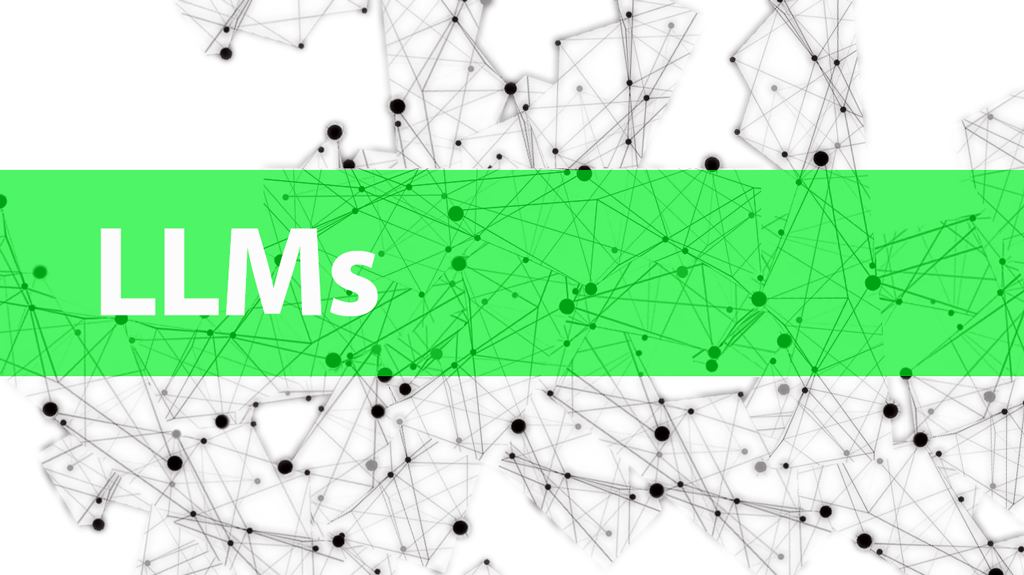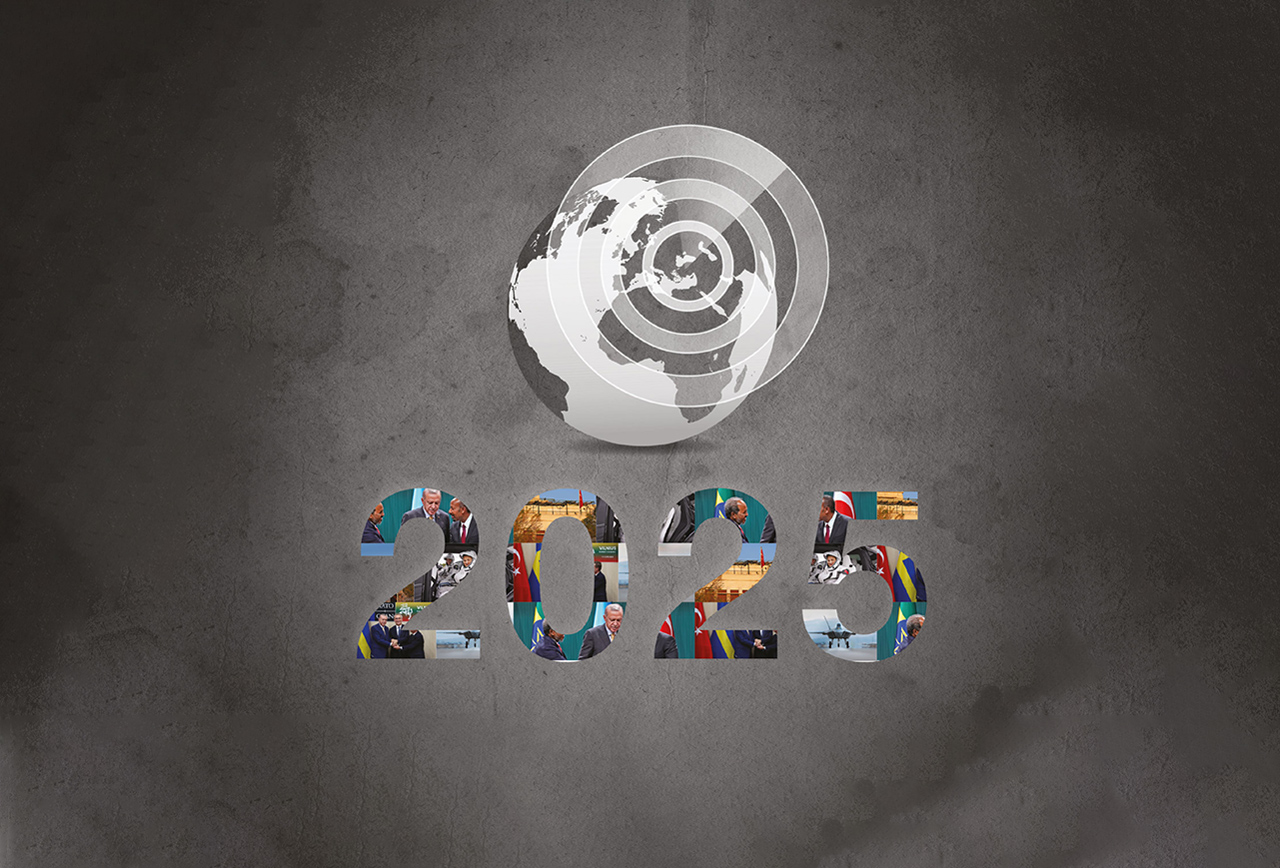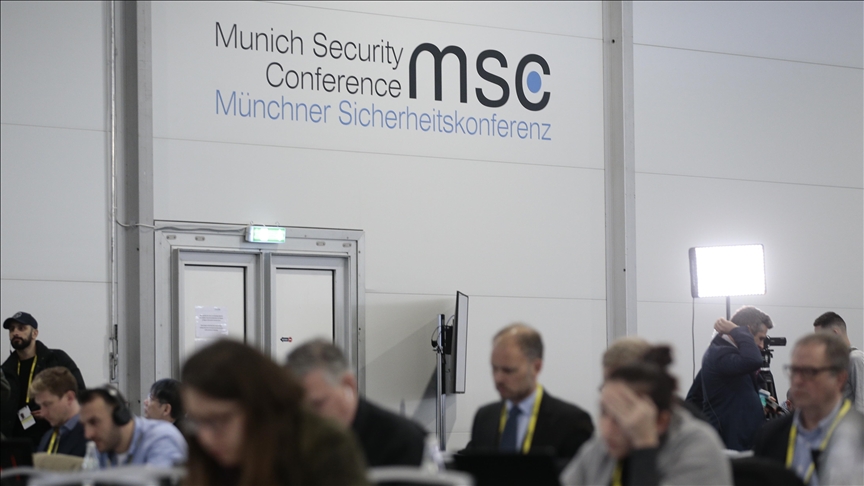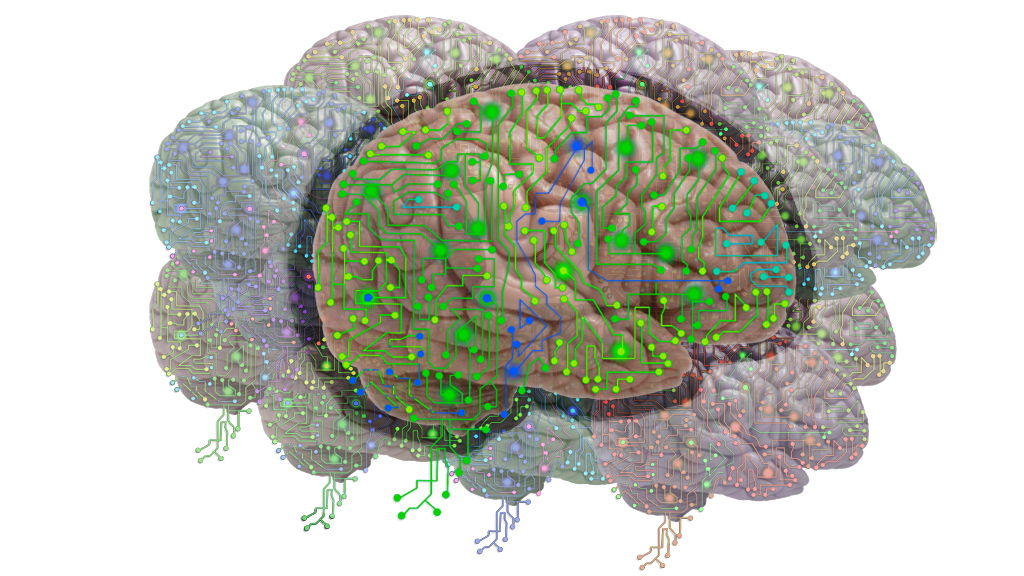Artificial Intelligence (AI) is not new. Indeed, it has quietly woven itself into the fabric of our daily lives over the years. Often, we engage with AI seamlessly without even realizing it. We rely on AI in our smartphones for music, movie, and book recommendations, have casual conversations with virtual assistants like Siri or Alexa, scroll through our social media feeds tailored by AI algorithms, navigate our routes using AI-powered GPS systems, and benefit from the subtle assistance of autocorrect on our devices, which helps us type more efficiently and corrects our spelling errors. We become so accustomed to these AI applications, often using them without even recognizing the underlying AI algorithms and taking them for granted. However, today, AI has become a central topic of discussion like never before. Suddenly, everyone is engaged in conversations about the potential applications of AI and its far-reaching implications, both positive and negative, in our daily lives. While landmark events such as IBM’s Deep Blue defeating world chess champion Garry Kasparov in 1997 and Google’s AlphaGo defeating the world Go champion Lee Sedol in 2016 were significant milestones in AI development, they largely remained within the domain of tech experts. In stark contrast, the introduction of Chat GPT-3 in November 2022 by OpenAI undeniably marked a turning point in the trajectory of AI. It widened the aperture of AI’s reach, ushering in a wave of AI use and increased the awareness among the general public like never before... Click here to view the study.
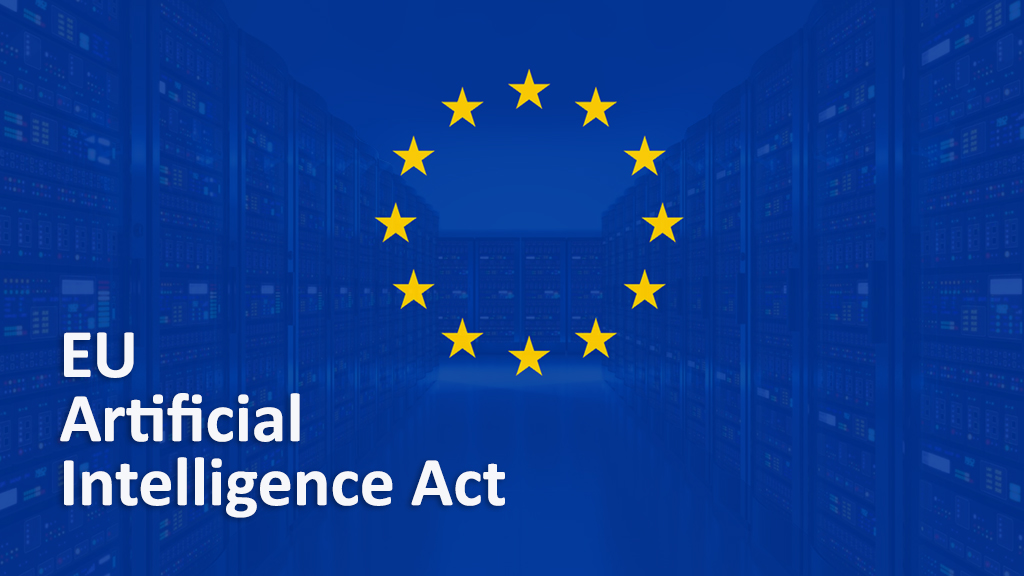
Navigating the EU AI Act: Exploring Challenges Amidst the Evolving Global Regulatory Landscape
What is the EU AI Act? What are the main challenges it may face? What is the impact of this regulation within the global regulatory landscape?
Tags »
Related Articles
Policy Report
European Sky Shield Initiative | Capacities, Criticisms, and Türkiye’s Contribution
February 2025

